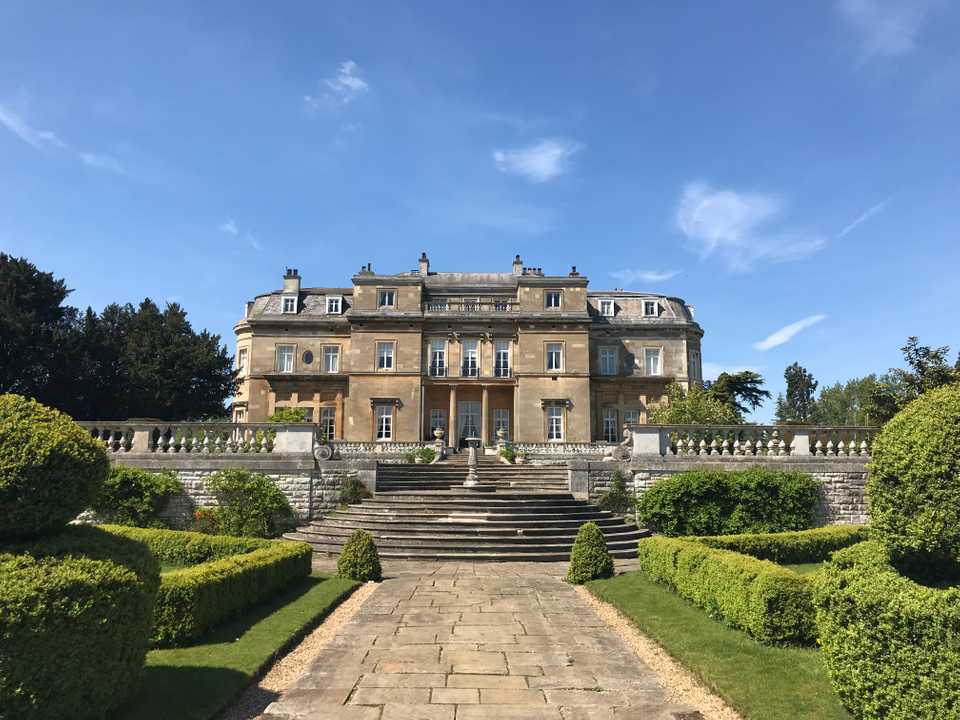Table of Contents

Context
Chapter 10 of Volume 2 of the PEIR presents a preliminary assessment of the effects of the Proposed Development on cultural heritage.
Luton and the surrounding area show evidence of human occupation since the Palaeolithic era, concentrating in river valleys, upland areas and around water bodies. The area remained largely in agricultural use until the 20th century, preserving archaeological remains, including Iron Age and Romano-British settlements. The airport was established in the 1930s and, over the course of its development, several assets of heritage value have been retained, including some related to the airport itself, such as a World War II pillbox (part of the old airfield battle headquarters) and the London Luton Airport Fire Station.
There are a variety of designated and non-designated heritage assets within 2km of the Main Application Site, including one scheduled monument (Someries Castle) approximately 250m south of the Main Application Site, three registered parks and gardens (including Luton Hoo), six conservation areas and 217 listed buildings.
Archaeological evaluation works to the east of the existing airport have been undertaken in order to better understand the potential for archaeology within the Main Application Site. The earliest feature found within the Main Application Site included a pit containing Neolithic pottery. A series of interconnecting ditches were also found, marking an enclosure where Iron Age and Roman settlement-related remains are located. Previous archaeological monitoring identified quantities of Roman pottery and building material which may represent another possible Roman building to the east of Winch Hill Farm. Further archaeological trial trenching will be carried out in this area to better understand the extent and character of the archaeological remains. These features indicate that the Main Application Site was in domestic and agricultural use in the late Iron Age to Roman Age.
Mitigation measures
The Proposed Development design seeks to enhance the historic landscape by including provision for the planting of hedgerows and hedgerow trees that are in keeping with the historic landscape character of the area. In addition, effects on the identified Iron Age and Roman settlement within the Main Application Site have been avoided through changes to the extent of earthworks required for the Proposed Development.
A programme of archaeological evaluation and recording of buried archaeology within the Main Application Site boundary is proposed for the preservation by record of potential buried archaeology. A description of the proposed mitigation strategy is provided within the Draft Cultural Heritage Management Plan (see Appendix 10.6 in Volume 3 of the PEIR).
Measures outlined in Landscape and Visual and Noise and Vibration assessments also mitigate effects on the setting of heritage assets.
Likely significant effects
Construction
During construction, the Proposed Development could result in direct physical impacts on heritage and archaeological assets, due to ground disturbance and excavation works. A significant adverse effect due to physical impacts on cropmarks which may relate to late prehistoric or Roman activity has been identified. Direct impacts on the buried archaeological resource would be addressed by a programme of archaeological mitigation, such as prior recording of the archaeological resource.
Construction can result in indirect effects due to construction noise and visual intrusion detracting from the setting of heritage assets. The construction of the Proposed Development was assessed to have a likely significant effect on the setting of the Luton Hoo Grade II* Registered Park and Garden, Wandon End House and Wandon End Farmhouse Grade II listed buildings, albeit these effects would be temporary and only last during the construction phase.
Operation
During operation, effects due to changes in the setting arising from the presence of the Proposed Development and an increase in noise were identified.
It is anticipated that the setting of the Luton Hoo Grade II* Registered Park and Garden and associated assets would experience a significant adverse effect due to the Proposed Development. In addition to the airport being visible from Luton Hoo, a small part of the Registered Park and Garden would also experience a noticeable change in air noise levels. The increase in noise levels combined with the introduction of new built form would give rise to a significant effect.
Completing the assessment
The assessment of likely significant effects on cultural heritage will continue to be updated, as necessary, based on the final Proposed Development design, ongoing consultation, and the findings of other assessment topics that influence the assessment of effects on heritage assets.
Further archaeological surveys (archaeological trial trenching) to the east of the existing airport are proposed. In addition, stakeholder engagement will continue as the Proposed Development progresses in order to discuss the assessment findings and develop mitigation proposals.
Documents
PEIR Chapter 10 : Click Here
Figures
10.1 Designated Heritage Assets 1 of 2 : Click Here
10.2 Designated Heritage Assets 2 of 2 : Click Here
10.3 Non Designated Heritage Assets : Click Here
10.4 Location of Archaeological Fieldwork Events : Click Here
10.5 Historic Landscape Characterisation : Click Here
10.6 Designated Heritage Assets Change of 2027 DS DN 16h Noise Contours : Click Here
10.7 Designated Heritage Assets Change of 2027 DS DN 8h Noise Contours : Click Here
10.8 Designated Heritage Assets Change of 2039 DS DN 16h Noise Contours : Click Here
10.9 Designated Heritage Assets Change of 2039 DS DN 8h Noise Contours : Click Here
10.10 Designated Heritage Assets Change of 2043 DS DN 16h Noise Contours : Click Here
10.11 Designated Heritage Assets Change of 2043 DS DN 8h Noise Contours : Click Here
10.12 Designated Heritage Assets within ZTV : Click Here
Appendices
10.1 Cultural Heritage Desk-based Assessment : Click Here
10.2 Cultural Heritage Gazetteer : Click Here
10.3 Geophysical Survey Report SUMO 2018 : Click Here
10.4 Geophysical Survey Report TigerGeo 2019 : Click Here
10.5 Trial Trench Evaluation Report CotswoldArch 2019 : Click Here
10.6 Draft Cultural Heritage Management Plan : Click Here